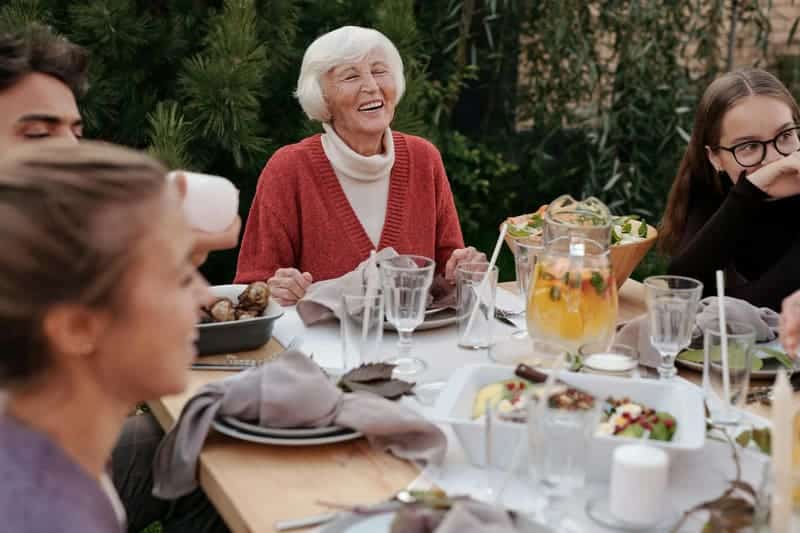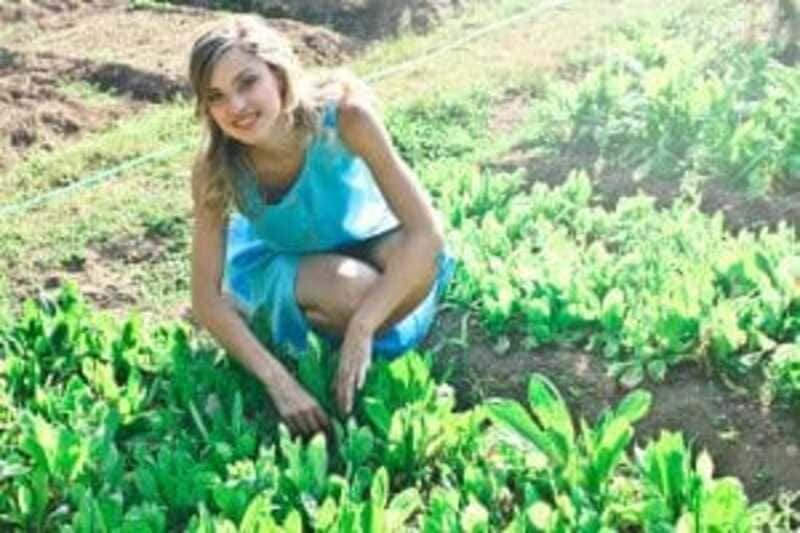Homesteading is a lifestyle that is on the rise. People are learning to farm, to raise animals, and to be more self-sufficient. They want to become less dependent on a world that has become very corporate. The idea of rolling back time, filling your own needs, and working within the contingency of your locale, has become a very appealing idea and many are working to live it. Today we are going to delve into Companion Gardening.
What is Homesteading?

The Merriam-Webster Dictionary‘s second definition of homesteading states that homesteading is the “act of living frugally or self-sufficiently, especially by growing and preserving food” while living on a homestead. Homesteading is not unique in the United States and has been practiced here since the Homesteading Act of 1862.
Homestanding is particularly appealing to self-starters who want to become more self-sufficient. By being self-sufficient, I mean that they want to be able to fill at least some of their needs on their own by growing food, raising animals, etc. Some homestead in order to provide food for their families. Others do it to help provide food for their community. After all, it can save money and be a source of income (money or goods/services).
In the area where I live, we have a large network of homesteads that use trade to fulfill their needs. We raise ducks and might trade our eggs to someone else for the fruit or veggies that they produce beyond what their household can use. One of my neighbors actually bought their nut trees in trade for chicken eggs. It’s a nod to days gone by and a wonderful way to live and be an active part of the community.
What is Companion Gardening?
Along with homesteading, another trend happening across the country right now is organic gardening. Part of the idea of growing your own food is to reduce the chemical footprint in both your food and on our land. Many homesteaders are always looking for ways to grow what they need without using chemicals to solve the problems of pests and diseases in order to grow abundant healthy plants.
One way to do this is called companion planting. This means putting plants that can benefit each other in close proximity. Plants have unique properties and these properties can be beneficial to other plants.
Repelling Pests
For example, plants that repel pests include Tansy, Naturtiums, Lemon Basil, other strong-scented herbs, wormwood, Marigold roots, Garlic, onions (leeks, chives), and carrots. Here are some possible ways to use companion planting to keep pests out of your veggies.
- Plant Tansy with your cabbage to keep the white butterflies away that will eat holes in your leaves.
- Nasturtiums planted with your tomatoes or apple trees will stop wooly aphids from attacking.
- Lemon Basil with your tomato plants will keep the white flies away.
- Flea Beetles do not like strong scented herbs so plant herbs like Rosemary, Lavender, or mint with your eggplant and other leafy crops to protect them. You can plant wormwood to repel Flea Beetles but not near Brassicas – which is intolerant to wormwood.
- We all know how to plant marigolds in our gardens. Why? Their roots release compounds into the dirt that keep away soil pests like knot root nematodes, tomato hornworms, and cabbage worms and also repel deer. Plant Marigolds throughout your gardens. They look pretty and are beneficial as well.
- The bulbs of garlic and onions release odors into the soil that repel soil pests and the onion leaves also release odors into the air to repel carrot flies.
- Carrots also repel onion flies, so carrots and onions help each other out.
- Plant Tansy or other strong scented herbs with your Brassicas to keep the bugs out of the brassicas and give extra nutrients as well for healthier plants.
Space Saving Companion Planting
You can maximize the use of your space as well as maximize your harvest by planting certain plants together. Many plants can benefit each other by growing together and taking turns in using the area and others actually are beneficial to each other as they can share nutrients, light/shade, etc. Here are some examples.
- The Three Sisters – a method used by the Native Americans. Planting Sweet Corn, Runner Beans, and Pumpkins together. The Corn gives the beans a place to climb and the beans feed the corn from their nitrogen-fixing roots. Pumpkins planted around the base choke out weeds as well as keeping the ground in shade holding in the cooler air and keeping the soil moist for the taller growing plants.
- Catch cropping is when you plant low-leafy plants like greens alongside slower-growing crops like Brussels, beans, or cabbage. The lower faster-growing greens/lettuces cover the ground keeping it cool as well as choking out weeds allowing the slower-growing plants to become established. This also saves space as the slower-growing plants need to be planted farther apart so why not use the space underneath?
Attracting Predators Away from Your Garden
You can not only repel pests, you can also work to attract them to another part of your yard, away from the plants you are working to save. Many plants attract a variety of pests that can be extremely helpful.
Did you know that ladybugs love to eat aphids? Why not plant stinging nettles, dandelions, and yarrow where you would like the ladybugs to lay their eggs near the plants you are trying to keep safe? When they hatch, bye-bye, aphids. You can also plant ladybug-loving Tansy in pots near where you see aphids to draw the ladybugs to eat these bothersome pests. And who doesn’t love ladybugs hanging around?
Grow flowering herbs such as fennel, dill, parsley, sage, and cilantro to draw lacewings, minute pirate bugs, hoverflies, and parasitic wasps away from your gardens. You can use the plants for seed-gathering plants since you won’t be using them to eat.
Creative Gardening
Gardening is a creative endeavor. We read about what to plant in our areas and how to plant. It’s a lot of trial and error. There are so many things to learn, and every place is different. My best advice is to talk to people who live near you who have been gardening in your area. They are going to have the best advice. If you would like to read more from me, I have a column called Creative Gardening by the Moon. Check it out. It’s posted every Sunday. There is some great weekly information there. Also, watch for future Modern Homesteading Articles as this is the first of many to come.
For More Great Content
Total Apex is an all-encompassing content producer. We provide heavily detailed articles every day on entertainment, gaming, sports, and so much more! Check out all our great sports content at Total Apex Sports. Check us out on X @TotalApexEandG and our other sites: Total Apex Sports Bets and Total Apex Fantasy Sports.




